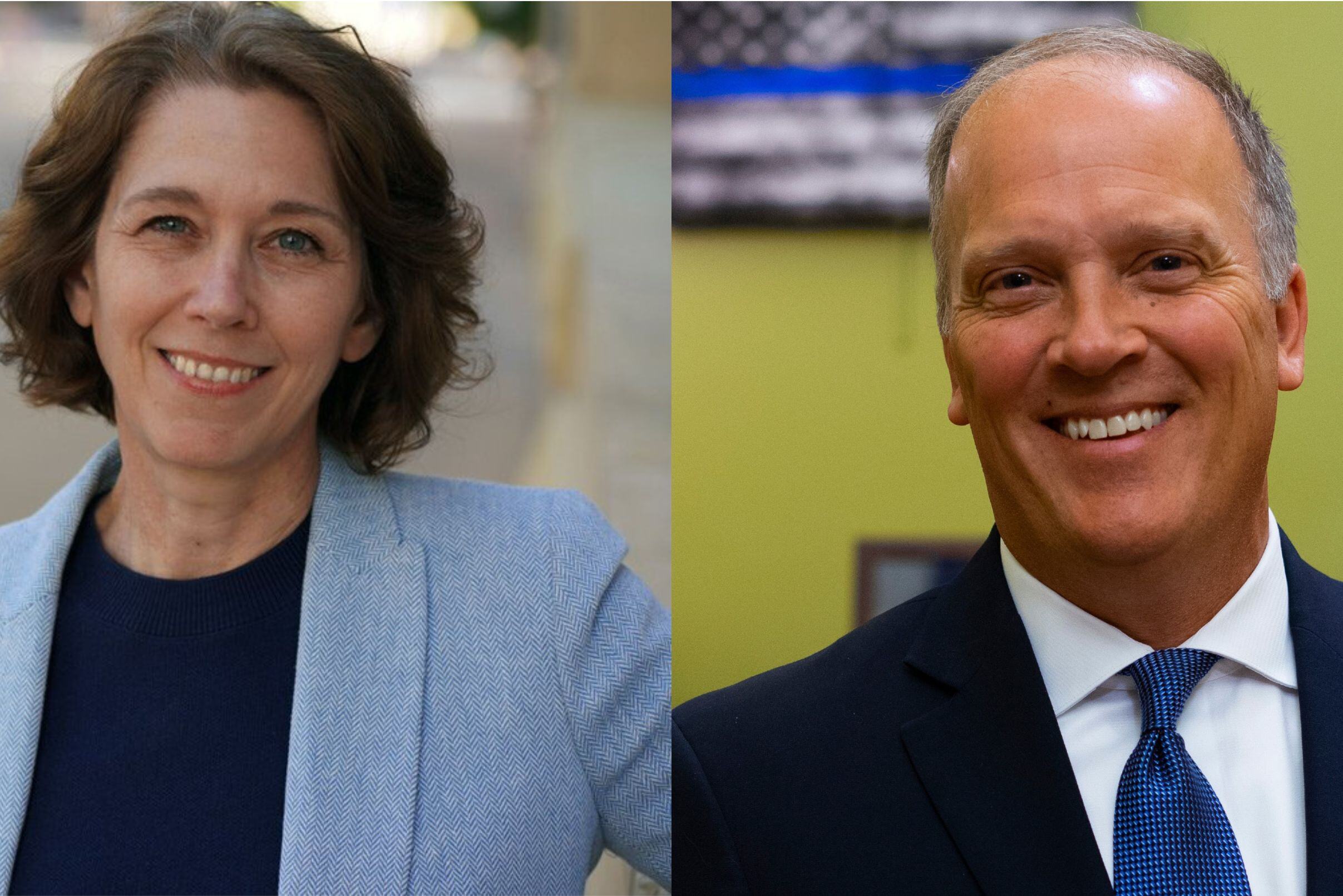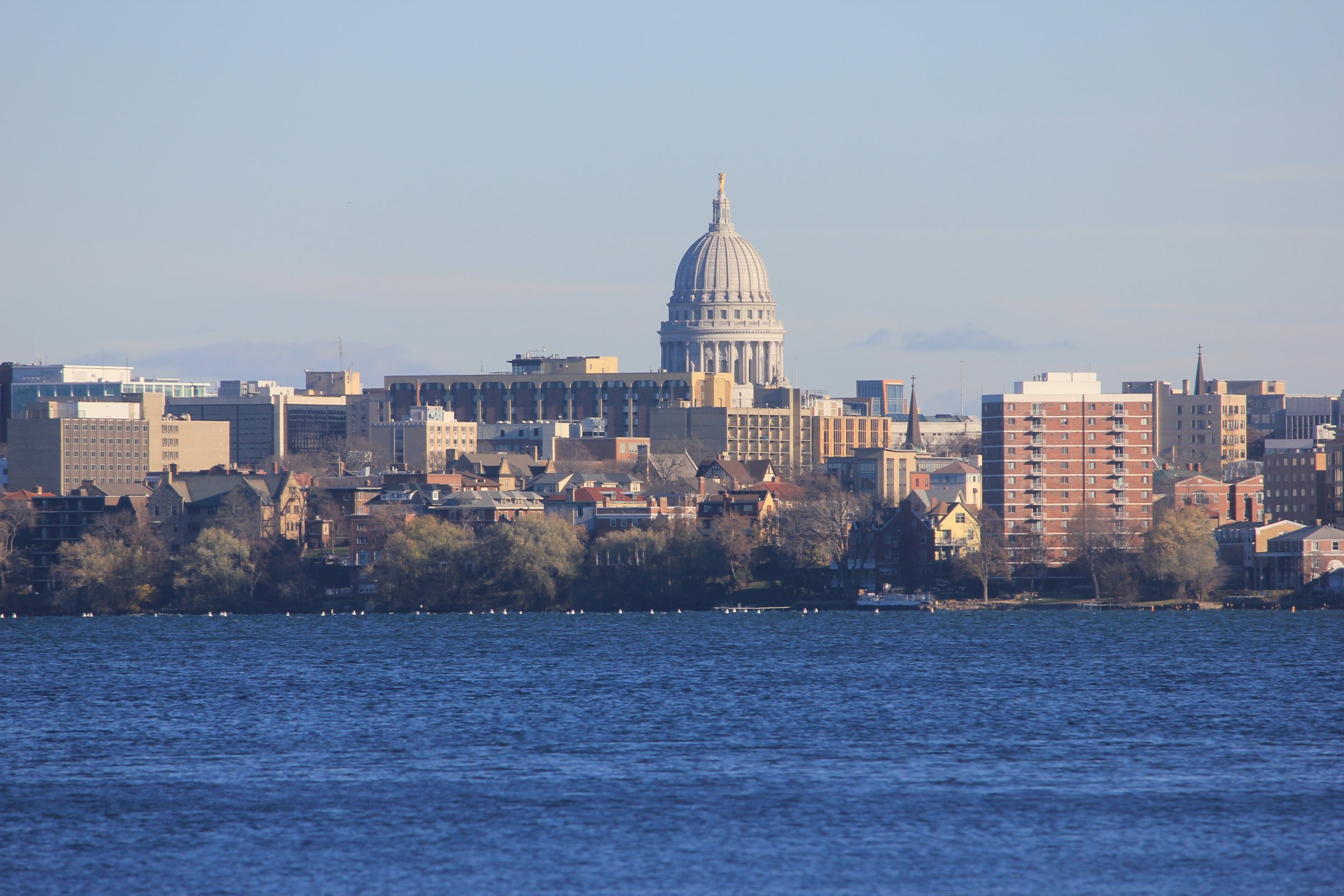Support for school choice stands out as a rare unifying issue within a divided electorate. This is particularly true as Republicans champion Cruz's tax credit bill, positioning it as a key initiative for 2026.
What to Know:
- Support for school choice holds steady at 82%, showing no signs of decline.
- Legislative backing for tax credit incentives rose from 67% in June to 70% in July.
- K-12 parents remain the most enthusiastic supporters, with 87% favoring school choice.
- Democratic and Independent support for school choice legislation continues to rise.
- Younger voters and Midwestern swing states show rising support, signaling expanding appeal beyond the conservative base.
The July 2025 McLaughlin & Associates poll, commissioned by Club for Growth, reveals a rare political phenomenon: widespread bipartisan support for school freedom. According to the survey of 1,000 likely voters, 82% of respondents continue to support school choice, identical to June’s figure. But momentum is building where it counts: legislative support. Backing for tax credit-based school choice legislation climbed to 70% in July, up from 67% in June.
Independents Are Still on Board
Independent voters consistently shape the outcomes in contemporary American politics, and their support for school freedom is unwavering. The July 2025 McLaughlin poll reinforces this trend, showing that over two-thirds of Independents support school choice legislation, with broader support for the concept itself hovering consistently in the high 70s to low 80s across both the June and July surveys.
What makes this particularly noteworthy is how school choice is evolving from a traditionally conservative priority into a mainstream, cross-partisan concern. Support for school choice legislation is nearing parity across the political spectrum, with 72% of Republicans and 69% of Democrats now in favor.
Image generated by DALL-E—data from July 2025 McLaughlin & Associates poll
This marks a significant shift, as the previous ideological divide has largely disappeared. The result? A nearly indistinguishable gap that suggests school freedom is entering the realm of “common sense” policy rather than a partisan wedge.
For Independents, the appeal lies in the practicality and autonomy school choice offers. It’s less about ideology and more about empowering parents to make decisions for their kids without bureaucratic interference. Many Independents, especially in suburban and exurban communities, view education not just as a policy issue, but as a deeply personal one tied to quality of life, neighborhood stability, and long-term economic opportunity.
This also has strategic implications. School choice serves as a policy bridge, allowing candidates to address economic anxieties, local control, and fairness directly, without succumbing to the polarization often fueled by culture wars and identity politics in election cycles.
Campaigns from both parties would be wise to recognize this. Republicans are already moving to enshrine school choice in their broader “freedom agenda,” while Democrats risk ceding ground if they continue to frame it as a niche concern or fail to differentiate between public support for parental choice and attacks on public education writ large.
K-12 Parents: The Most Enthusiastic Bloc
Parents of school-aged children are particularly passionate about school choice, a fact clearly supported by the data. In the July 2025 McLaughlin poll, 87% of K-12 parents said they support school choice, unchanged from June but still the highest of any demographic surveyed. Meanwhile, support for tax credit legislation among parents ticked up slightly, from 80% to 81%, signaling not just approval but growing engagement as the policy conversation intensifies.
Image generated by DALL-E—data from July 2025 McLaughlin & Associates poll
K-12 parents are among the most reliable voters when education is on the ballot, especially in local and midterm elections. They attend school board meetings, organize in parent groups, and turn out in droves when their children’s future is on the line. In an era of declining civic engagement, they’re the exception: active, informed, and emotionally invested.
For Republicans, this bloc has become a strategic goldmine. Parents in suburban battleground districts, crucial to the 2026 House and Senate races, are increasingly aligning with the GOP's "school freedom" coalition due to concerns about curriculum, school safety, educational quality, and institutional overreach. Many moderate, college-educated families support school choice as a practical solution, not just for cultural reasons.
But the appeal doesn’t end with the right. Even Democratic strategists acknowledge the need to reconnect with this demographic. Messaging that highlights flexibility, opportunity, and personalized learning environments, rather than criticizing public education, may appeal to left-leaning parents who are dissatisfied with standardized systems.
Cruz’s Bill Gains Traction
Senator Ted Cruz’s Universal School Choice Act, introduced just before the June survey, is gaining visibility. The bill offers up to $10 billion in federal tax credits annually to individuals and businesses donating to scholarship-granting nonprofits.
Club for Growth President David McIntosh is urging Republicans to merge Cruz’s bill into the broader “One Big Beautiful Bill Act,” portraying it as both a policy win and a political accelerant heading into the 2026 midterms.
“Overwhelming majorities, across all demographics, want their children to attend the school that best fits their needs,” McIntosh said. “Republicans must continue to lead on this issue.”
That’s more than just rhetoric. With bipartisan support for school choice solidifying, Cruz’s bill gives Republicans a way to nationalize an issue that polls exceptionally well across party lines, particularly with parents, independents, and younger voters. It provides a clear contrast with Democratic ambiguity on education reform and could serve as a rallying point in key suburban districts.
The proposal effectively demonstrates a strong commitment through its substantial $10 billion annual incentive. Unlike symbolic bills or messaging one-offs, the Universal School Choice Act would create real, structural change in how educational access is funded and delivered. It’s the kind of bold proposal that Republicans hope will galvanize turnout, attract crossover support, and cement the party’s identity as champions of parental empowerment.
What Changed Since June?
Though overall support for school choice remained high, underlying shifts indicate evolving voter dynamics and potential early successes for conservative messaging. The July 2025 McLaughlin poll revealed incremental increases in awareness and favorability among Democrats and younger voters, suggesting that Republican-led campaigns emphasizing school freedom are beginning to penetrate traditionally less receptive audiences.
Democratic support for school choice legislation ticked up by 2 points, narrowing an already small partisan gap. What once was framed as a conservative policy plank is now being reconsidered by moderate and left-leaning voters as a practical solution, not an ideological threat.
Support among 18–34-year-olds jumped from 71% to 74%, marking a three-point gain in just one month. This age group is traditionally aligned with progressive causes but also more open to innovation, personalization, and flexibility in public services—including education. As younger voters increasingly view school choice through the lens of economic fairness, access, and opportunity, they’re warming to proposals like Senator Cruz’s tax-credit-based approach.
Wrap Up
As the summer campaign cycle continues, school freedom remains one of the most widely supported policy areas across party lines. The July poll confirms consistent backing from a broad range of voters, including parents, independents, and Democrats, who view school choice as a practical and appealing solution.
Senator Cruz’s Universal School Choice Act provides a clear legislative option for advancing this support. The growing interest in tax credit-based policies reflects a broader shift toward educational flexibility and local decision-making.
For policymakers and candidates alike, the takeaway is simple. Voters are responding to concrete solutions that address education and affordability. Focusing on these priorities may offer a clearer path forward than relying on political alliances or national figures.

.png)



